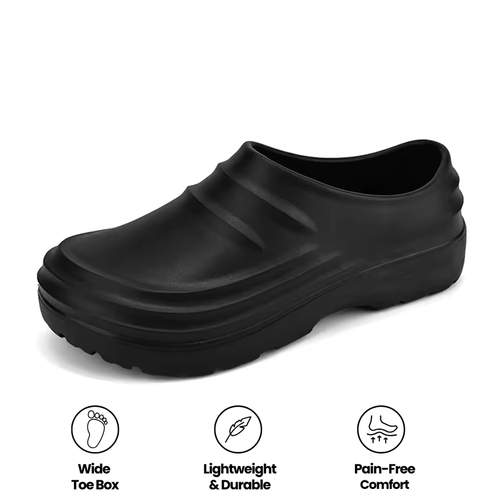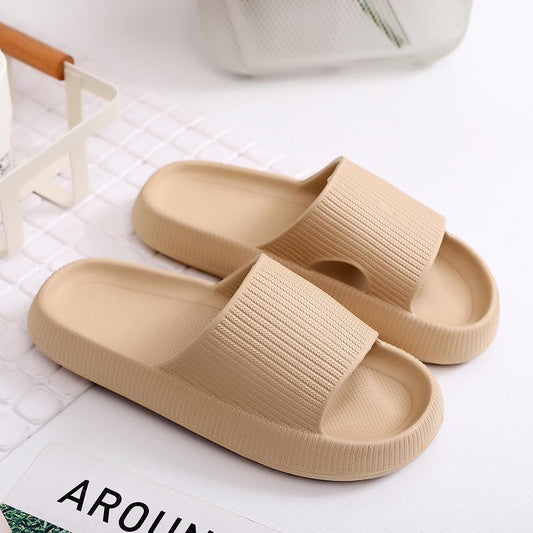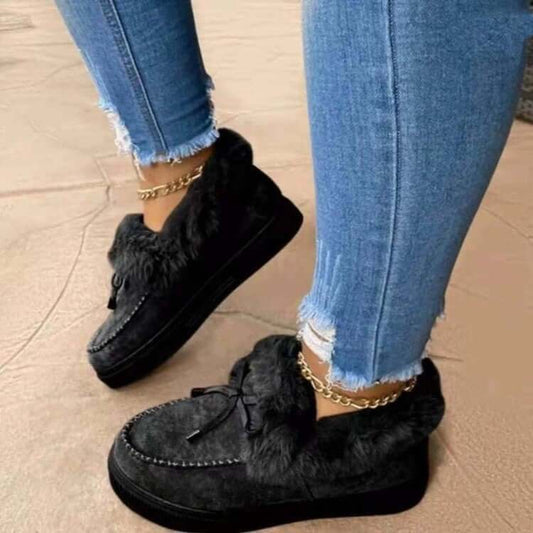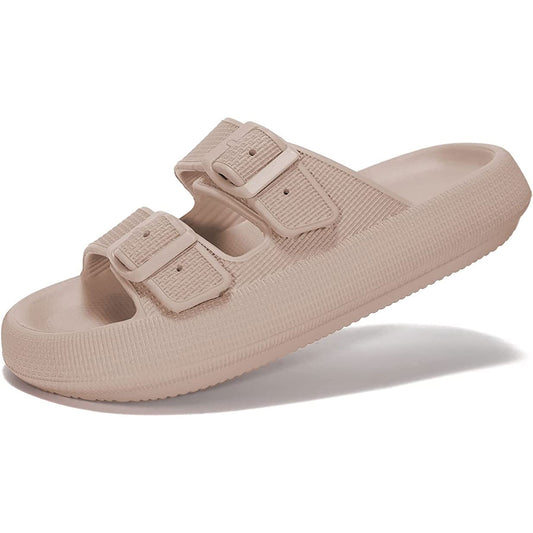1. What are Compression Socks?
Compression socks are specially designed hosiery that applies graduated pressure on the legs and feet. They are tighter around the ankle and gradually become less constrictive towards the knee. This design aids in the circulation of blood, ensuring it flows upward towards the heart rather than pooling in the lower legs.
2. Benefits of Wearing Compression Socks
-
Improved Blood Circulation: They assist in pushing oxygen-rich blood back towards the heart, reducing the risk of blood clot formation.
-
Reduce Leg Swelling: Ideal for individuals who stand or sit for prolonged periods, helping to prevent or reduce the occurrence of swollen ankles and feet.
-
Support for Varicose Veins: Helps alleviate symptoms by reducing pressure and swelling.
-
Enhanced Athletic Performance: Athletes wear them to reduce muscle fatigue and improve recovery times post-exercise.
-
Traveling Aid: Reduce the risk of Deep Vein Thrombosis (DVT) during long flights.
3. Different Types of Compression Socks
-
Graduated Compression Socks: Most common type, designed for mobility and daily wear.
-
Anti-Embolism Socks: Typically prescribed to bedridden patients to prevent blood clots.
-
Non-Medical Support Hosiery: Over-the-counter socks that offer general tightness but lack graduated compression.
4. How to Choose the Right Pair
-
Know Your Purpose: Select based on your needs – daily wear, sports, or medical reasons.
-
Get the Right Size: It's crucial to get a snug fit. Too tight might constrict blood flow, while too loose won't provide the needed compression.
-
Choose the Right Compression Level: They come in different levels of tightness, usually measured in millimeters of mercury (mmHg). Consult a physician for medical-grade socks.
5. Taking Care of Your Compression Socks
-
Washing: Hand wash in lukewarm water with mild detergent. Avoid wringing them out.
-
Drying: Lay them flat to dry. Avoid direct sunlight.
-
Replace Regularly: Over time, they lose their elasticity. Typically, replace every 3-6 months for optimal benefits.
6. FAQs About Compression Socks
Q: Who can benefit from wearing them?
A: Almost anyone, especially individuals with circulation problems, athletes, pregnant women, travelers, or those with sedentary jobs.
Q: Are there any risks associated with wearing compression socks?
A: Generally, they're safe. However, if worn incorrectly (wrong size or compression level), they may cause issues. Always consult a physician if unsure.
In Conclusion
Whether you're an athlete, someone with a medical condition, or just looking for added leg support, compression socks can be a game-changer. For a high-quality selection, check out the range at Sootheez Compression Socks. Remember to consult with a professional to ensure you're making the best choice for your needs. Happy stepping!











